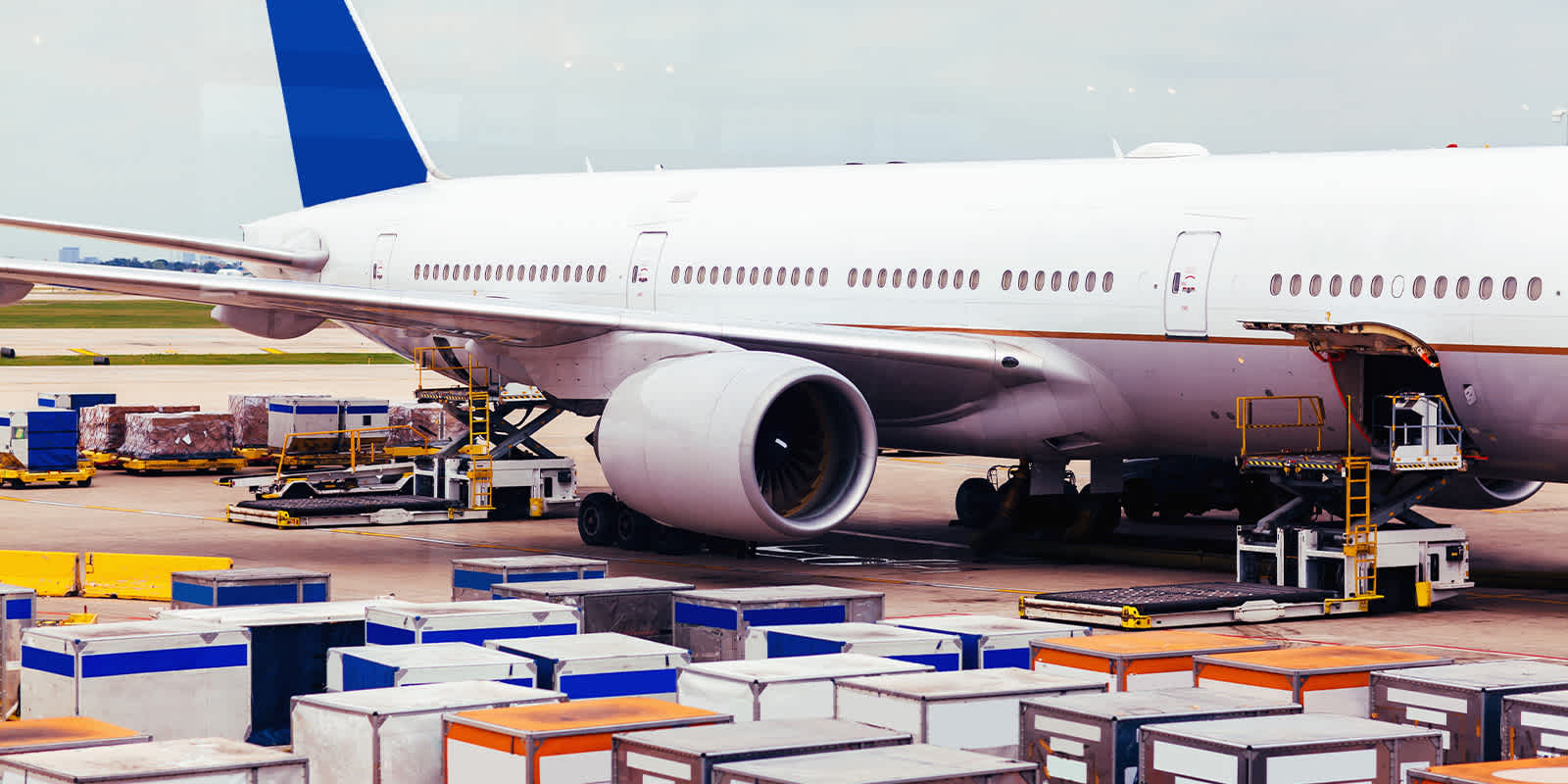
March 5, 2021
Ocean vs. Air: New Tipping Points for Shippers
Ocean vs. Air: New Tipping Points for Shippers
An air shipment is just an ocean shipment gone wrong—an inside joke in the shipping industry, but not one that’s always true. Especially during a year of volatility, finding value in each mode is a balance of speed, reliability, and cost. This year, the cost gap between ocean and air is narrowing, leading some shippers to re-examine that decades-old equation.
Speed and Cost
Typically, airfreight costs several times more than ocean. That’s still true, but a creep upward in ocean rates, as a squeeze for space persists, could drive some companies to select the additional expense of air, given its other benefits.
Historically, the choice of ocean or air centers on speed. Luxury goods, perishable items, or shipments tied to a product launch need to get to their destinations quickly. Cargo recovery from airports can be relatively quick, too.
But volatility is driving more goods to air. Whether it’s unpredictable demand or steady demand impeded by unpredictable global trade flows, it’s harder than ever to run a Never Out of Stock company.
A rapidly changing market—like the frenzy for PPE or the surge in at-home exercise equipment in 2020—saw companies turn to the reliability of air to have goods in-hand to maximize their windows of opportunity.
Market Influences
Following rate changes closely empowers better, more agile decision making. Right now, both ocean and air rates are still high, with ocean rates breaking historic records week after week. An ongoing US import boom is likely to keep them that way, until consumer spending finds a new equilibrium across goods and services, as may occur later this year.
Predicting whether the cost gap between ocean and air will widen or narrow means keeping an eye on scenarios that steer rates.
For example, recent quarantine restrictions on Hong Kong flight crews remove much-needed capacity from the air market. Some airlines are taking extreme reshuffling measures to keep goods moving, but the cash burn adds up for them. The situation could continue to influence the market in the coming months.
On the ocean side, the first signs of container availability relief could ease capacity hardships. As containers begin to flow more freely, their movement could help unlock port congestion and improve overall reliability.
Diving into the granular details of the market lets leaders define shipping strategies that enhance on-time performance, control landed costs, and support overall business objectives. By preparing to make close calls on ocean or air, companies can exercise agility just when it's needed most.
For help with immediate or long-term shipping strategies, reach out to Flexport.



